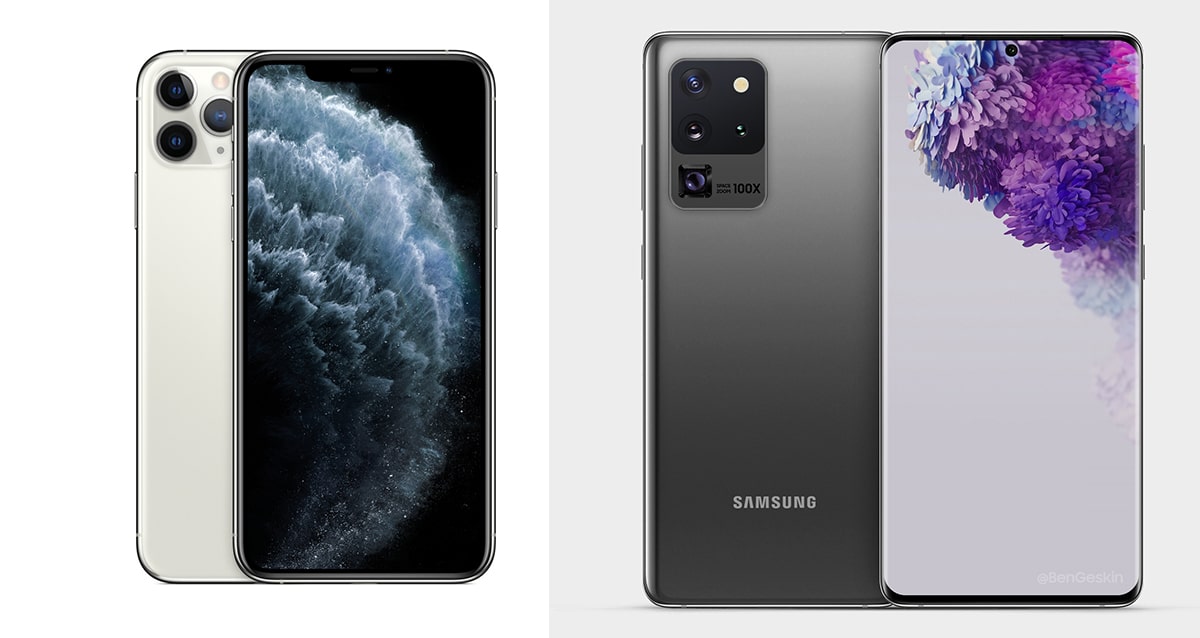
Samsung has presented the first of its bets for the high-end of the world of mobile telephony by the hand of Galaxy z flip and from the range Galaxy S20, range consisting of three models. When buying terminals, if you are looking for the highest range available, in the market today we find two only feasible options: S20 Ultra and iPhone 11 Pro Max.
We cannot include Huawei Mate 30 Pro from Huawei, because it does not offer us Google services, so the options it offers us in terms of usability are greatly reducedAlthough these can be installed without any problem, although not everyone has the knowledge to do so.
Galaxy S20 Ultra vs. iPhone 11 Pro Max
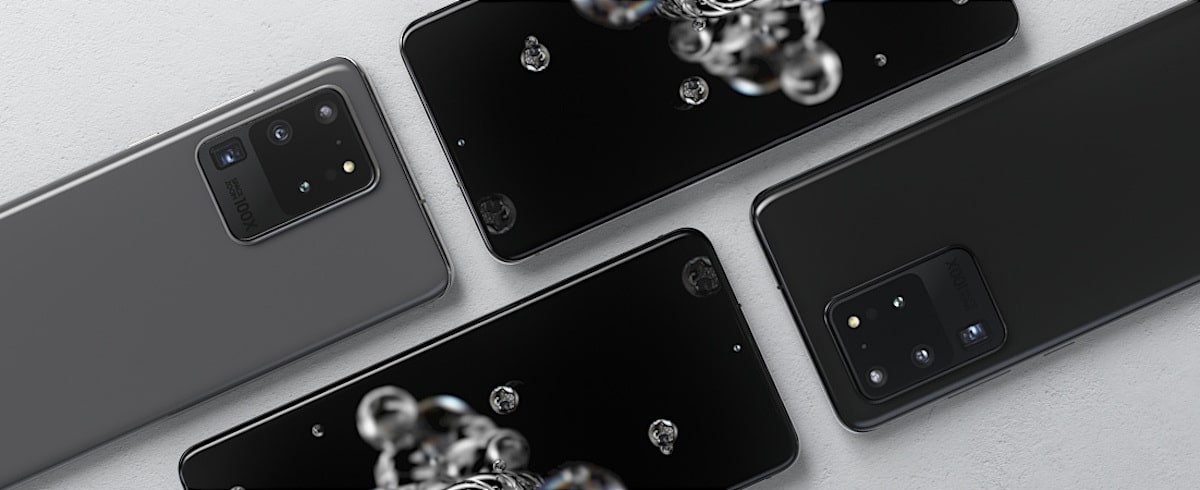
The fastest way to get an idea of what the Galaxy S20 Ultra and the iPhone 11 Pro Max offer us is through a table, table where we can quickly see the main characteristics of each of these terminals and that we break down below.
| S20Ultra | iPhone 11 Pro Max | |
|---|---|---|
| Screen | 6.9-inch AMOLED | 6.5 inch OLED |
| Decision | 3.200 × 1.440 p | 2.688 × 1.242 p |
| Processor | Snapdragon 865 / Exynos 990 | A13 Bionic |
| RAM | 16 GB | 4GB |
| Internal storage | 128-512GB UFS 3.0 | 64-128-256GB |
| Rear camera | 12 mpx wide angle / TOF sensor / 108 mpx main / 48 mpx telephoto zoom 10x optical and 100x hybrid | 12 mpx wide / 12 mpx ultra wide / 12 mpx telephoto 2x zoom |
| Front camera | 40 mpx | 12 mpx |
| Operating System | Android 10 with One UI 2.0 | iOS 13 |
| Battery | 5.000 mAh - supports fast and wireless charging | 3.969 mAh - supports fast and wireless charging |
| Connectivity | 5G - Bluetooth 5.0 - Wifi 6 - USB-C | 4G - Bluetooth 5.0 - Wifi 6 - Lightning connection |
| Security | Fingerprint sensor under the screen | Face ID |
| Price | from 1.359 euros (128 GB) | from 1.259 euros (64 GB) |
S20 Ultra screen vs iPhone 11 Pro Max

While the iPhone 11 Pro Max continues to bet, for the third consecutive year on the notch to integrate the facial recognition system, Samsung offers us has chosen to change the position of the front camera, moving it to the upper center of the screen (in the S10 it was on the right side).
The iPhone screen reaches 6,5 inches with a resolution of 2.688 × 1242 OLED type (manufactured by Samsung) and has a refresh rate of 60 Hz. For its part, the S20 Ultra, offers us a gigantic screen of 6,9, 3.200 inches, with 1.440 × XNUMX resolution and a refresh rate of 120 Hz.
Cameras and video
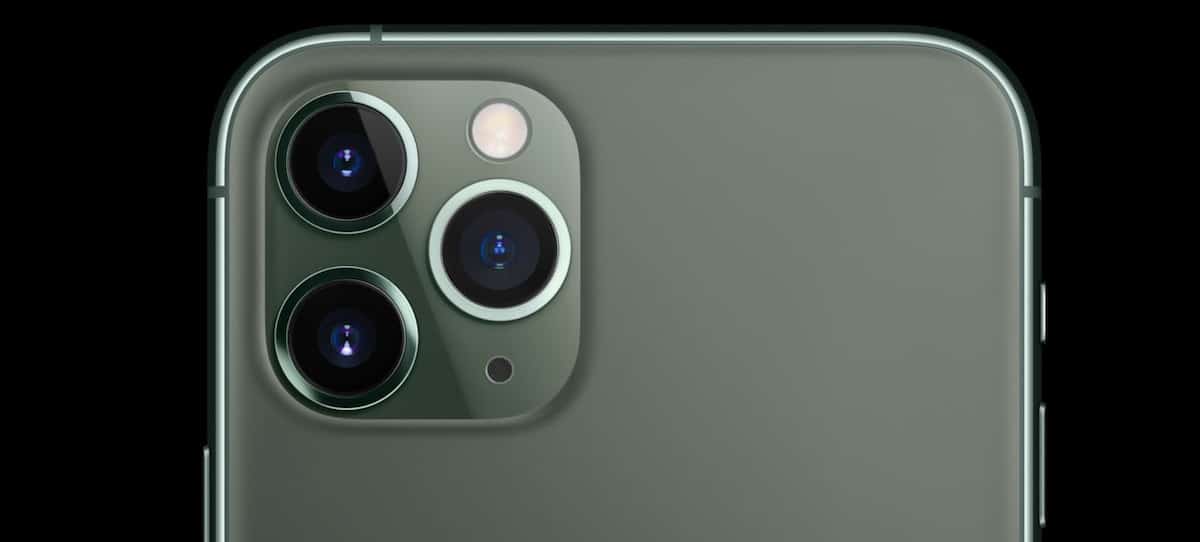
The iPhone 11 Pro Max has been the first Apple terminal to implement a wide angle, thus adding to the two lenses that it already offered the XS MAX making a total of three:
- 12 mpx wide angle
- 12 mpx ultra wide angle
- 12 mpx telephoto lens with 2x optical zoom
IPhone 11 Max Pro video recording options are limited to 4K at 60fps
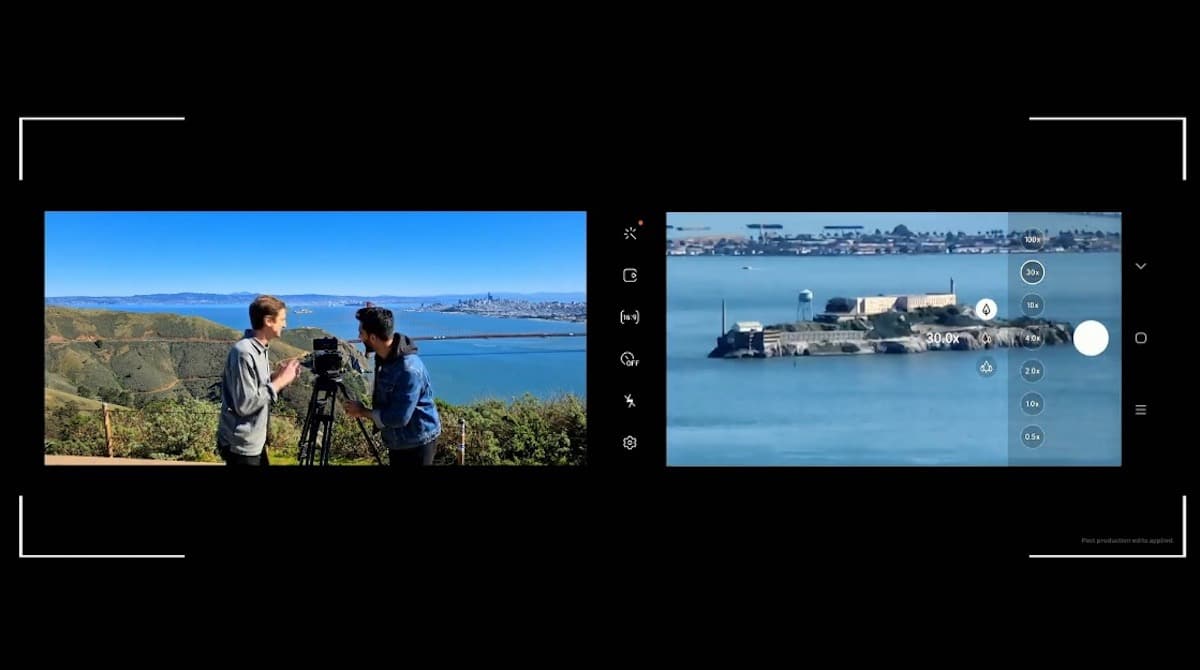
Samsung, on the other hand, also implements 3 cameras on the Galaxy S20 Ultra and includes a TOF sensor to measure depth. The main sensor reaches 108 mpx, the wide angle is 12 mpx and the telephoto is 48 mpx that integrates a 10x optical zoom and a 100x hybrid zoom. If we talk about video, the entire Galaxy S20 range allows us to record videos in 8k quality, probably at 30 fps since this data has not been specified
Power, RAM and storage

Inside the iPhone 11 Pro Max, we find the A13 Bionic processor, the same processor that we can also find in both the iPhone 11 Pro and the iPhone 11. Samsung also uses the same processor in all the models that are part of the new range 20, but differentiating according to the continents where it is sold.
While for both America and China, it uses Qualcomm's Snapdragon 865, for Europe and the rest of the countries, Samsung implements the Exynos 990, manufactured by the Korean company. In theory, both processors offer very similar performance, however Qualcomm's processor sIt has always offered better performance in terms of battery consumption.
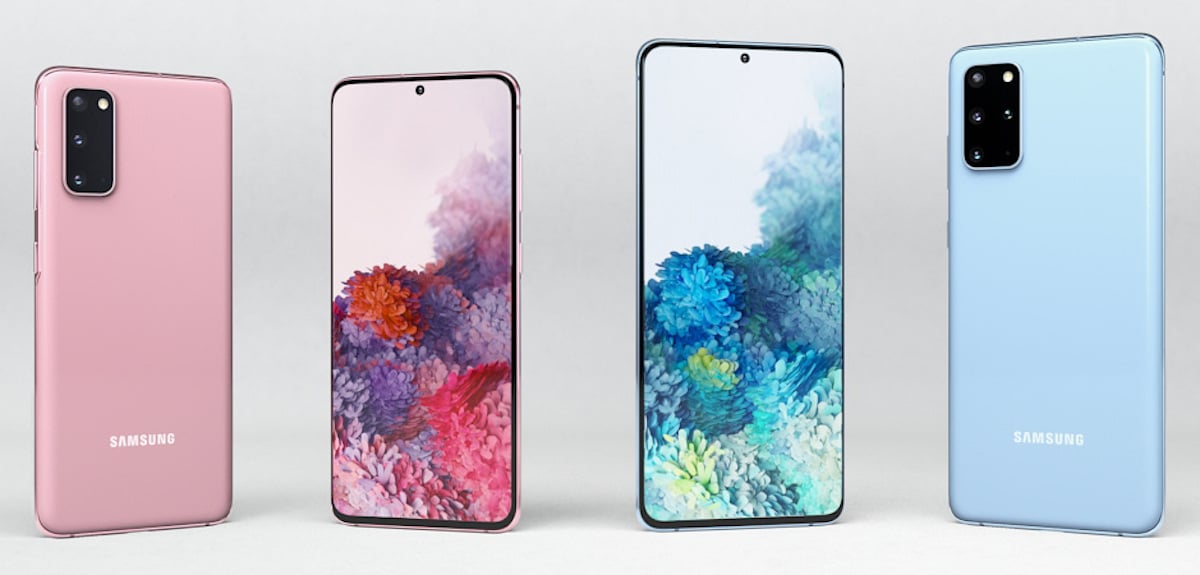
If we talk about RAM, the iPhone 11 Pro Max has 4 GB, more than enough thanks to the integration with iOS 13, the latest version of iOS available today. Samsung, for its part, offers us different RAM configuration depending on whether the model is 4G or 5G. While the S20 and S20 Pro 4G models are managed by 8 GB of RAM, the 5G version is accompanied by 12 GB of RAM.
The Samsung Galaxy S20 Ultra is only available in 5G version and is accompanied by 16 GB of RAM. Apple has not released no iPhone with 5G technology.
If we talk about storage, Apple shows once again, one more year, that it is very scarce in terms of storage space, since the basic version starts from 64 GB, with versions of 256 and 512 GB. Samsung, like last year, offers us a base version of 128 GB, with an option to another of 512 GB and the possibility of expanding the storage space using a microSD card, an option that the iPhone 11 Pro Max does not offer. .
Price
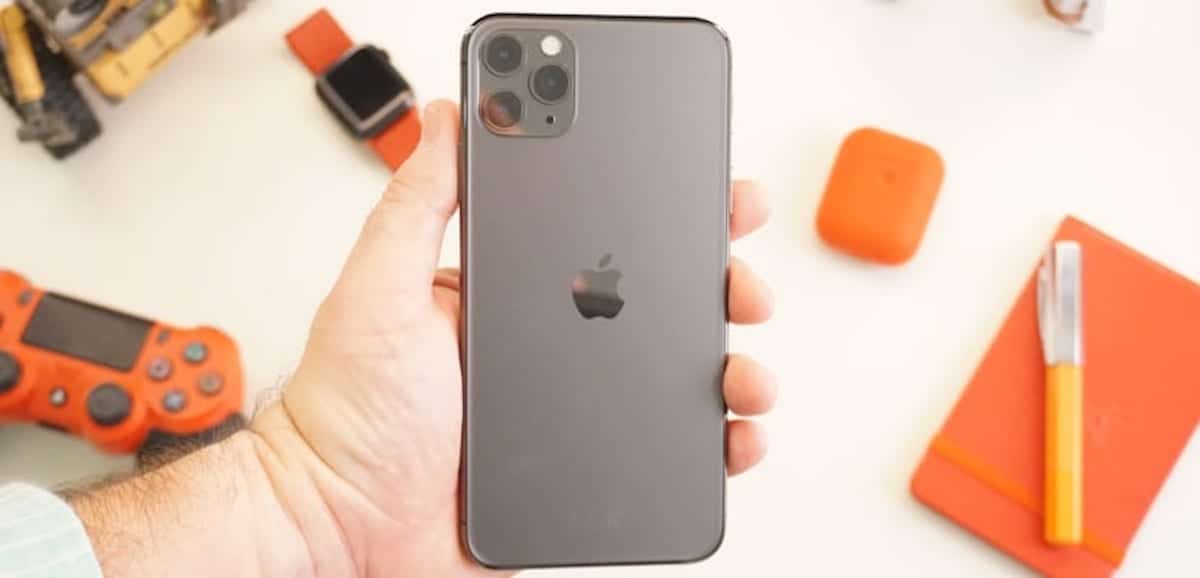
The cheapest version of the iPhone 11 Pro Max part of the 1.259 euros and it offers us 64 GB storage, while the Galaxy S20 Ultra, in its cheapest version, part of the 128 GB for 1.359 euros.
Which is better?
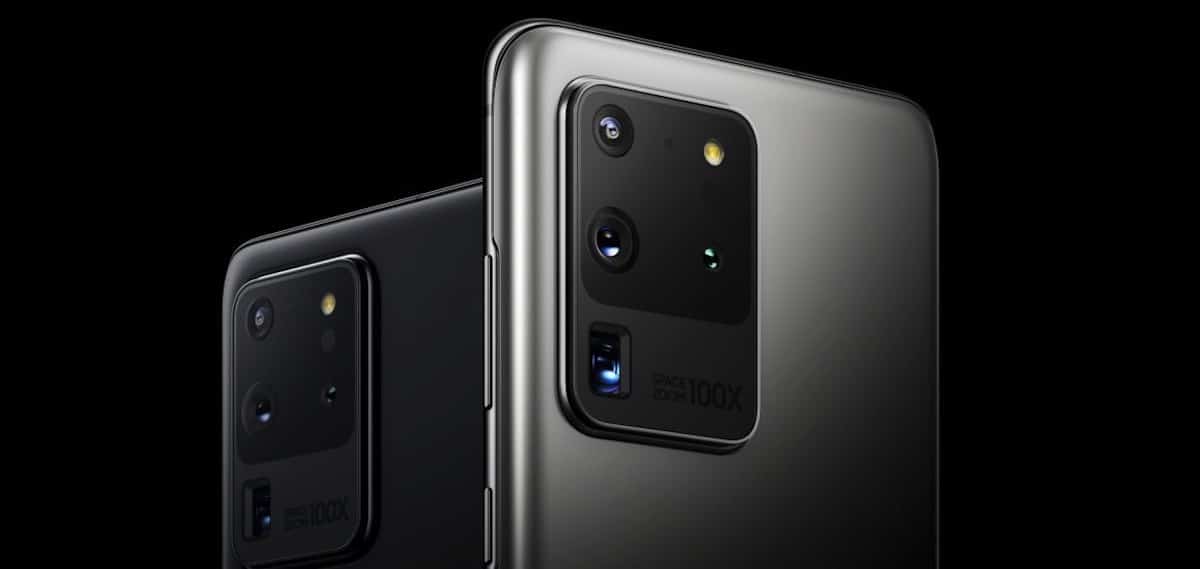
Both terminals are fantastic and offer us a quality both in the photographic and video section and in relation to power and performance that we are hardly going to find in other terminals. When deciding on one terminal or another, we must take into account the ecosystem that we have created in our home.
If your family members use Android, chances are you also have a smart speaker from Google or Amazon. In these cases, the best option is the Samsung model. However, if the iPhone predominates in your home and among your friends, obviously the best option to stay within the circle is the iPhone 11 Pro Max. Choose the terminal you choose, surely you won't be disappointed.